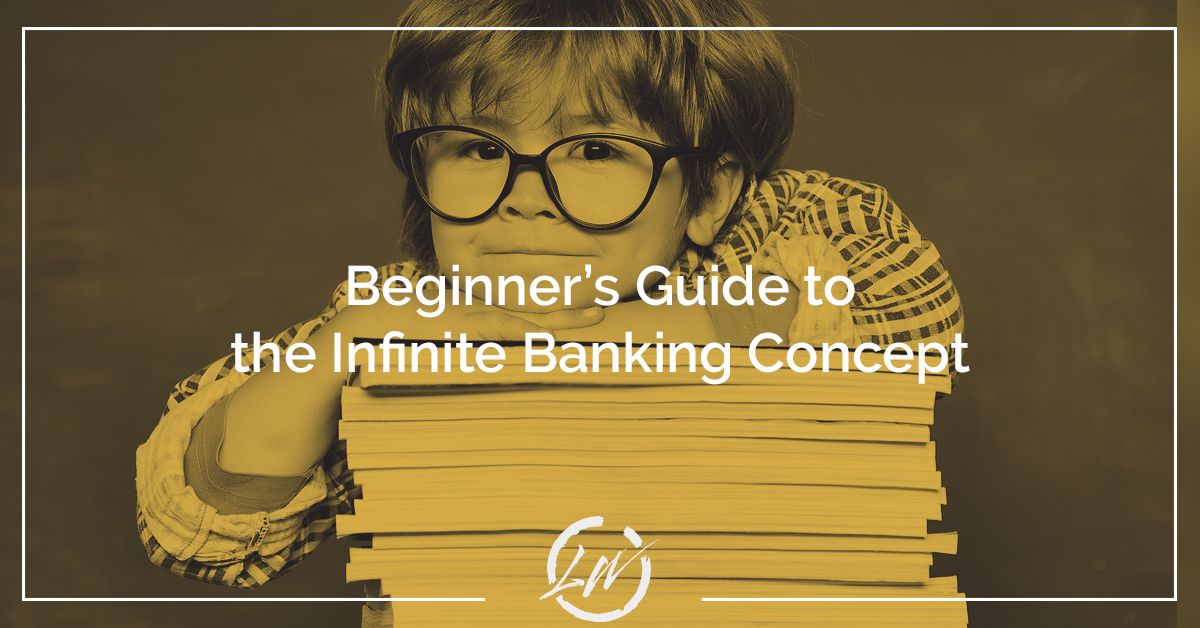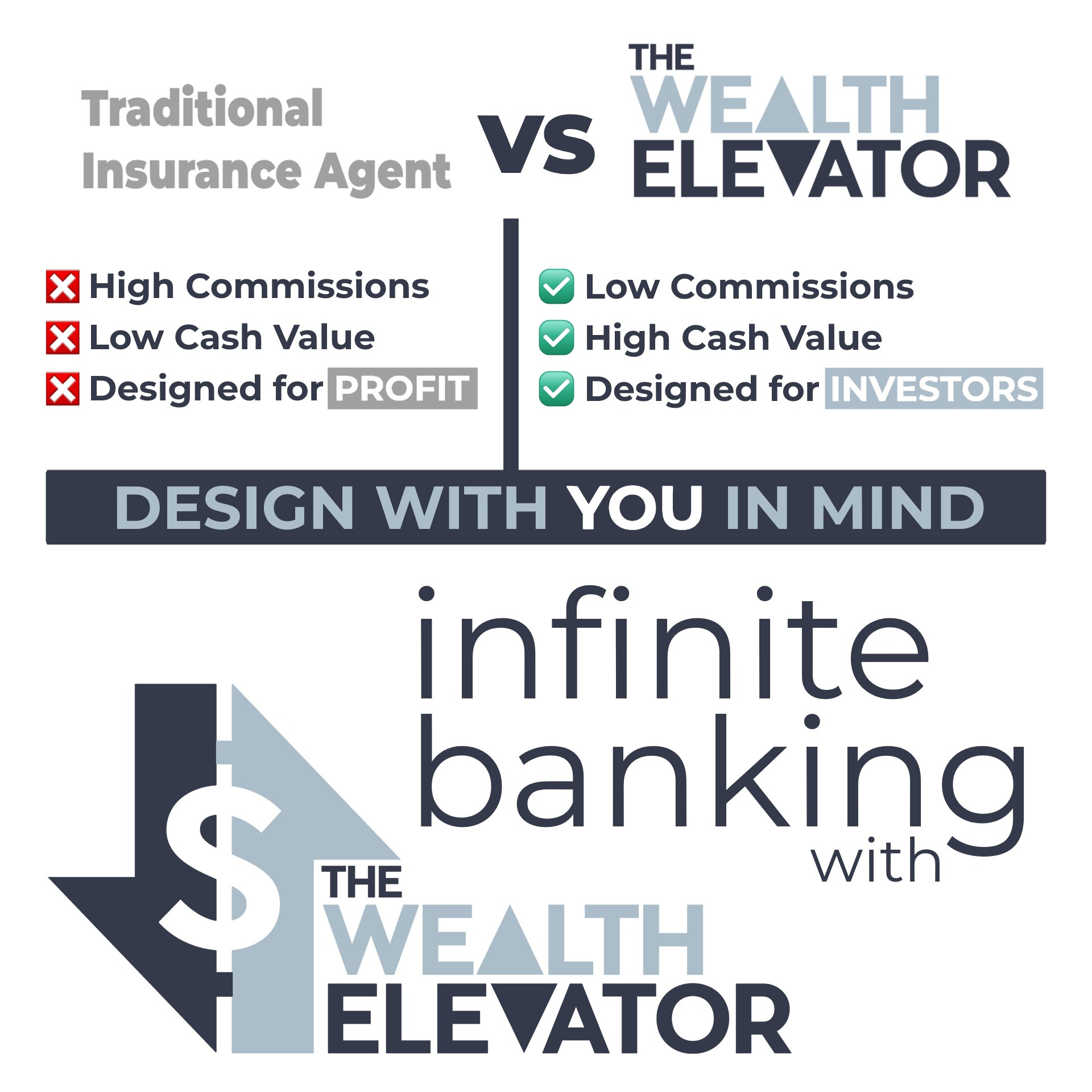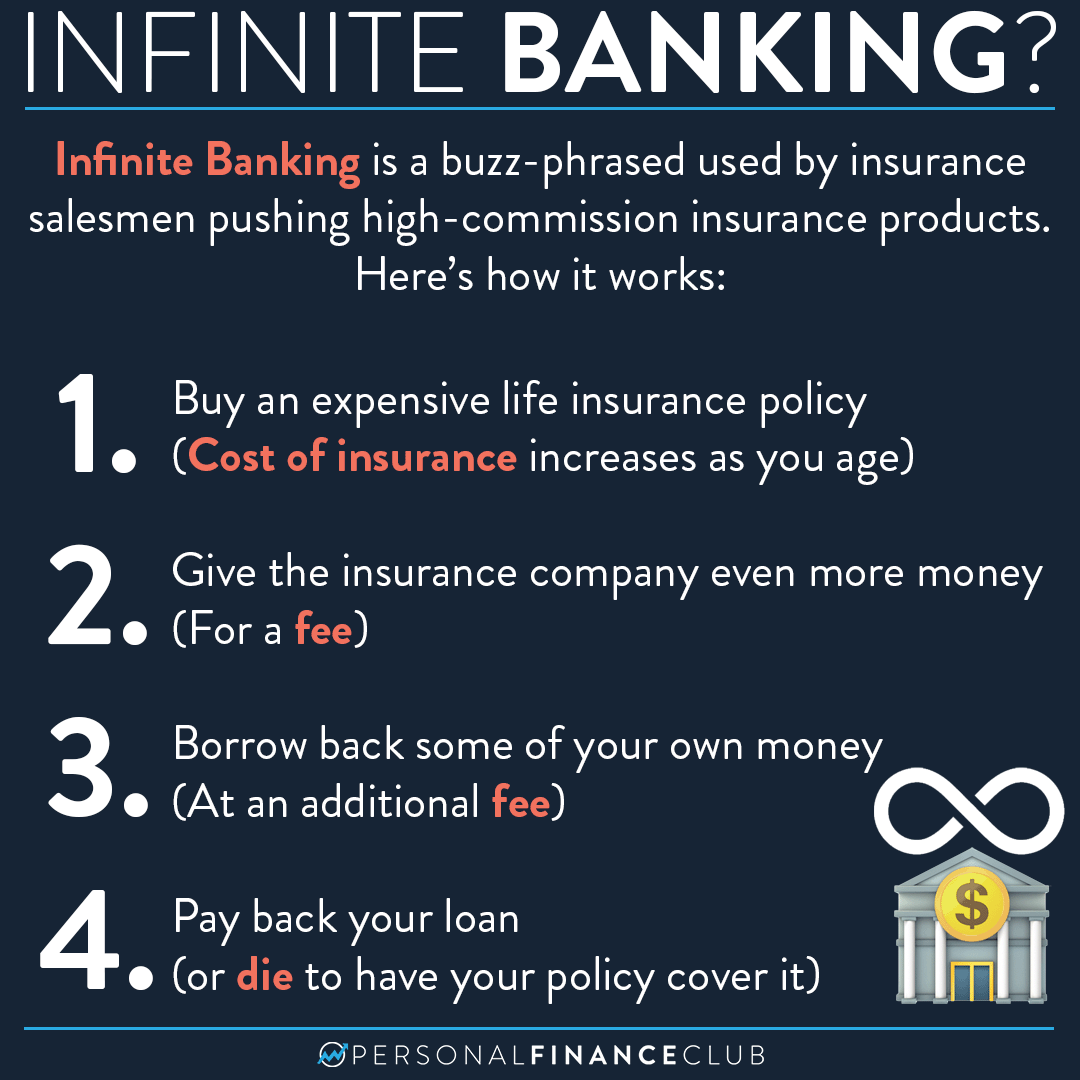All Categories
Featured
Table of Contents
The downsides of boundless banking are frequently ignored or otherwise stated in all (much of the details offered about this principle is from insurance coverage representatives, which might be a little biased). Only the cash worth is growing at the dividend rate. You additionally need to pay for the price of insurance coverage, costs, and costs.

Every long-term life insurance coverage plan is different, however it's clear somebody's general return on every dollar invested on an insurance policy item can not be anywhere close to the returns price for the policy.
Infinite Banking Course
To provide a really fundamental and theoretical instance, allow's presume a person is able to earn 3%, usually, for each dollar they spend on an "infinite financial" insurance coverage product (besides costs and charges). This is double the estimated return of whole life insurance policy from Consumer News of 1.5%. If we think those dollars would be subject to 50% in taxes complete otherwise in the insurance product, the tax-adjusted rate of return could be 4.5%.

We presume more than ordinary returns overall life item and a very high tax price on bucks not take into the policy (that makes the insurance item look far better). The truth for lots of individuals may be even worse. This pales in comparison to the lasting return of the S&P 500 of over 10%.
Infinite banking is a wonderful product for representatives that sell insurance, but may not be ideal when contrasted to the cheaper choices (without any sales individuals gaining fat payments). Below's a failure of several of the other supposed advantages of boundless financial and why they might not be all they're gone crazy to be.
What Is Infinite Banking
At the end of the day you are purchasing an insurance policy product. We like the defense that insurance coverage supplies, which can be gotten a lot less expensively from a low-priced term life insurance policy policy. Unpaid financings from the plan may likewise reduce your survivor benefit, reducing one more level of protection in the policy.
The concept just works when you not just pay the substantial premiums, yet use added money to purchase paid-up enhancements. The possibility expense of all of those dollars is remarkable extremely so when you could instead be purchasing a Roth Individual Retirement Account, HSA, or 401(k). Also when compared to a taxable financial investment account or perhaps an interest-bearing account, boundless financial may not provide similar returns (contrasted to spending) and comparable liquidity, accessibility, and low/no cost framework (contrasted to a high-yield interest-bearing accounts).
With the rise of TikTok as an information-sharing platform, economic guidance and strategies have discovered an unique method of spreading. One such strategy that has actually been making the rounds is the infinite financial concept, or IBC for brief, garnering endorsements from celebrities like rapper Waka Flocka Fire. While the method is presently preferred, its origins map back to the 1980s when financial expert Nelson Nash presented it to the globe.

Within these plans, the money value grows based on a rate set by the insurance firm. As soon as a considerable cash worth collects, insurance holders can obtain a cash worth finance. These fundings differ from traditional ones, with life insurance policy offering as security, meaning one could lose their insurance coverage if loaning excessively without appropriate cash money value to support the insurance coverage prices.
What Is A Cash Flow Banking System
And while the allure of these policies is evident, there are natural constraints and threats, requiring persistent cash money worth tracking. The method's authenticity isn't black and white. For high-net-worth people or company owner, particularly those utilizing techniques like company-owned life insurance policy (COLI), the benefits of tax breaks and compound growth could be appealing.
The attraction of infinite financial doesn't negate its difficulties: Expense: The foundational need, a long-term life insurance policy plan, is more expensive than its term counterparts. Eligibility: Not everyone qualifies for whole life insurance because of strenuous underwriting processes that can omit those with particular wellness or lifestyle problems. Intricacy and threat: The detailed nature of IBC, paired with its threats, may deter lots of, specifically when easier and much less risky alternatives are available.

Alloting around 10% of your month-to-month earnings to the plan is just not practical for a lot of individuals. Component of what you review below is simply a reiteration of what has already been stated above.
Before you obtain yourself right into a scenario you're not prepared for, know the adhering to initially: Although the principle is frequently sold as such, you're not in fact taking a loan from on your own. If that held true, you wouldn't have to repay it. Instead, you're obtaining from the insurance provider and need to settle it with rate of interest
Bioshock Infinite Comstock Bank Cipher
Some social media articles advise using money value from entire life insurance to pay down credit score card financial debt. When you pay back the loan, a part of that passion goes to the insurance policy company.
For the very first several years, you'll be repaying the compensation. This makes it incredibly tough for your plan to collect worth during this time. Entire life insurance policy prices 5 to 15 times extra than term insurance policy. Most people simply can not manage it. So, unless you can manage to pay a couple of to several hundred bucks for the following years or even more, IBC won't benefit you.
Not everyone ought to count exclusively on themselves for monetary safety and security. If you require life insurance policy, right here are some important tips to think about: Think about term life insurance coverage. These plans offer insurance coverage throughout years with significant economic responsibilities, like mortgages, pupil loans, or when caring for children. Ensure to search for the ideal price.

Boundless financial is not an item or solution used by a details institution. Limitless banking is a strategy in which you buy a life insurance coverage plan that gathers interest-earning money value and obtain finances versus it, "borrowing from on your own" as a resource of capital. Then ultimately repay the loan and begin the cycle around once more.
Pay plan costs, a section of which develops money worth. Cash money value earns compounding passion. Take a funding out against the policy's cash money value, tax-free. Settle car loans with passion. Cash worth collects once more, and the cycle repeats. If you utilize this idea as intended, you're taking cash out of your life insurance policy to acquire everything you would certainly require for the rest of your life.
Latest Posts
Becoming Your Own Banker Explained - Round Table
Become Your Own Bank Today! It's A Strategy That Many Have ...
Nelson Nash Institute